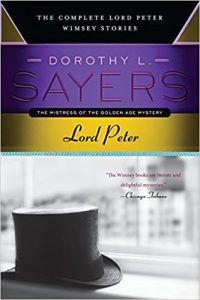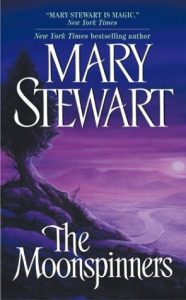We hear about the underrepresentation of women in STEM (Science, Technology, Engineering, and Mathematics) fields, and one of the strategies always discussed for dealing with that disparity is by providing good role models. The number of non-traditional role models, both real and fictional, for women has expanded hugely since I was a child. Many of the more recently published books I’ve read in the last decade or so have women in such roles as engineer, mechanic, mathematician…
And yet, there is still something missing.
I didn’t realise what it was until recently. In looking back over the books I’ve read to my daughter and the books she brought home on her own, I can’t find one—not a single one—that has a teenage female character in a real contemporary setting excited by science and mathematics.
Probably I’ve just missed some gems. I’m not a librarian or teacher; I can’t keep up with the publishing world. But it isn’t just the lack of girls; there weren’t very many with boys, either.
From my own youth, I vividly remember two books that were, to me, empowering, despite the lack of girls: The Mad Scientists’ Club by Bertrand Brinley and Have Spacesuit, Will Travel by Robert Heinlein.
I wrote about The Mad Scientists’ Club in an earlier post. I’ll post about Have Spacesuit, Will Travel some other time. What was significant about both was that the protagonists were kids close to my own age, in circumstances not too far removed from my own, who were tackling real problems I could understand, and having to acquire the technical skills needed to solve them.
These were not adults who had already had the benefit of years of tertiary education and on-the-job training, nor were they characters in science fiction set so far in the future the technology they had available might as well have been magic. They weren’t tackling classroom problems for a grade, and they weren’t doing connect-the-dots with pieces of technology they didn’t understand the guts of. These were kids like me (or close enough) who were digging into the nuts and bolts of engineering and mathematics because they were excited about them.
If they could handle them, so could I.
Now, I admit, I was not typical. I had parents and grandparents supportive of non-traditional interests, an older sister who went off to university to study mathematics, and good grades and test scores across the spectrum. I went to a technical school (Georgia Tech, you’re the best!), discovered computer programming, and never regretted my choices.
But I still needed those stories, because it’s hard to picture yourself an expert in some subject ten years from now if you’re not exposed to and excited by the basics today.
The only book I’ve seen since that had the same effect was the non-fiction memoir, October Sky. I read all of these books to my daughter. She’s now at university, studying civil engineering. That’s not a direct result; again, she’s not typical. Between her parents, aunts, uncles, and two older half-siblings, she has ten adult role models, half of them women, in STEM fields. She couldn’t have avoided an immersion in STEM subjects if she had tried.
But this is all the more reason we need stories like these, for the kids who aren’t as well-blessed with role models and supportive families.
Are there other, more recent books like these for young adults, male or female? I’d like to hope there are. I’d love to hear about them.








